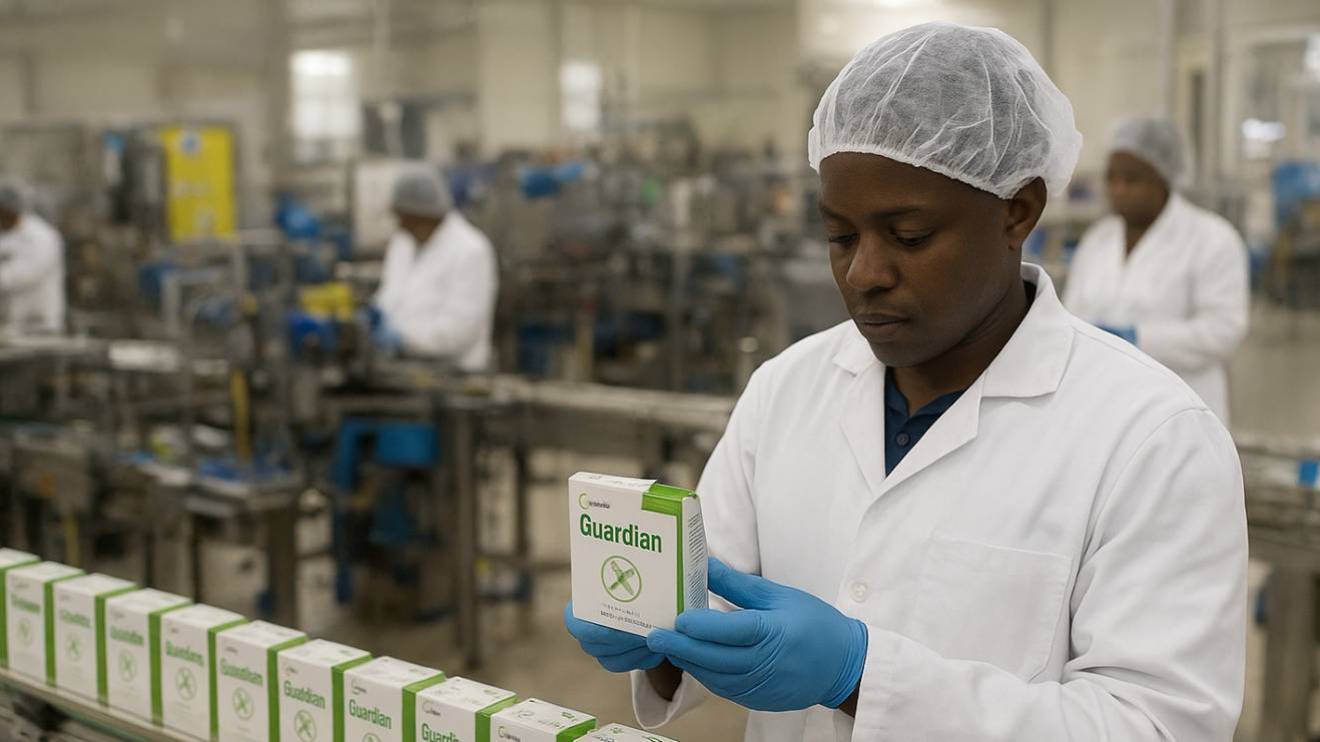I&M Group PLC has reported a 34 per cent increase in Group Profit Before Tax (PBT) for the first half of 2025, hitting Sh11.7 billion, up from Sh8.7 billion a year earlier.
This surge owes entirely to robust operating revenues across the Group’s markets, affirming the effectiveness of its regional diversification approach right at the top.
Behind this headline success lies the notable contribution from subsidiaries across Kenya, Rwanda, Tanzania, Uganda, and Mauritius—they delivered “24 per cent of the Group's overall Profit Before Tax”, demonstrating growing synergy and resilience among the regional businesses.
Regional Chief Executive Officer Kihara Maina addressed the significance of this contribution and the Group’s strategy of collaboration across markets.
“The subsidiary markets’ contribution of 24 per cent to the Group’s Profit Before Tax underscores the success of our regional expansion strategy." Kihara stated.
Read More
"By leveraging cross-market collaboration and investing in digital innovation, we are building a resilient and diversified business that consistently delivers value to our shareholders and customers across East Africa.."
Strategic growth, solid figures
At its core, the Group’s balance sheet reflects steady expansion: total assets rose 4 per cent year-on-year to Sh589 billion; customer deposits and the loan book each grew 2 per cent, closing at Sh429 billion and Sh290 billion, respectively.
Net non-performing loans dropped from Sh14.7 billion to Sh10.9 billion, underlining effective credit risk management.
On the income front, operating income climbed 21 per cent, fuelled by a 24 per cent bump in Net Interest Income.
Loan-loss provisions stood at Sh4.1 billion, up from Sh3.5 billion, while operating expenses (excluding provisions) rose 11 per cent, reflecting investments in tech, workforce, and branch expansion.
Kenya remains the backbone of growth
I&M Bank Kenya, the Group’s principal engine, delivered a 31 per cent increase in PBT, buoyed by a sharp rise in Net Interest Income.
Its operating income too grew 21 per cent year-on-year.
The bank retained its leadership in customer acquisition, onboarding over 110,000 customers in 2025, and kept customer satisfaction at a strong 81 per cent.
I&M Bank Kenya CEO Gul Khan elaborated on the half-year results and the focus on serving clients better.
“Our half-year results reflect our continued commitment to delivering relevant solutions and a superior customer experience," Khan stated.
"The strong double-digit growth across both our retail and corporate segments is a testament to the trust our customers place in us."
He said that they would continue to invest in both their physical channels and digital transformation as they expanded their reach to serve more Kenyans, empowering them to achieve their financial goals.
Regional subsidiaries step up
The Group’s expansion beyond Kenya continues to yield strong returns.
Digital engagement among regional customers has surged—from 78 per cent of customers being digitally active at end-2024 to 86 per cent now.
In total, more than 8.5 million customers have been reached, directly or via ecosystem collaborations.
In Rwanda, I&M Bank Rwanda posted a remarkable 45 per cent increase in Profit Before Tax (in local currency), backed by rising economic activity. .
Meanwhile, in Tanzania, I&M Bank achieved Sh582 million PBT—a sharp rise from Sh408 million in 2024, driven by robust asset growth.
Uganda’s operations also impressed: I&M Bank Uganda drove a 23 per cent increase in PBT, while expanding total assets from UGX 974 billion to UGX 1.1 trillion by June 2025.
In Mauritius, the Group’s joint venture with CIEL Group performed strongly. Bank One (Mauritius) achieved a 25 per cent increase in PBT, which converts into several hundred million shillings, underscoring its growing role in the Group’s overall performance.
The half-year results underline how I&M Group’s regional diversification, digital innovation, and customer-centred strategy are shaping a stronger institution. With Kenya leading the way and subsidiaries in Rwanda, Tanzania, Uganda, and Mauritius deepening their contributions, the Group appears set for sustained growth in the months ahead.

-1711488419-1716535895.jpeg)


 (1)-1755468548.jpg)


-1755531438.jpg)
